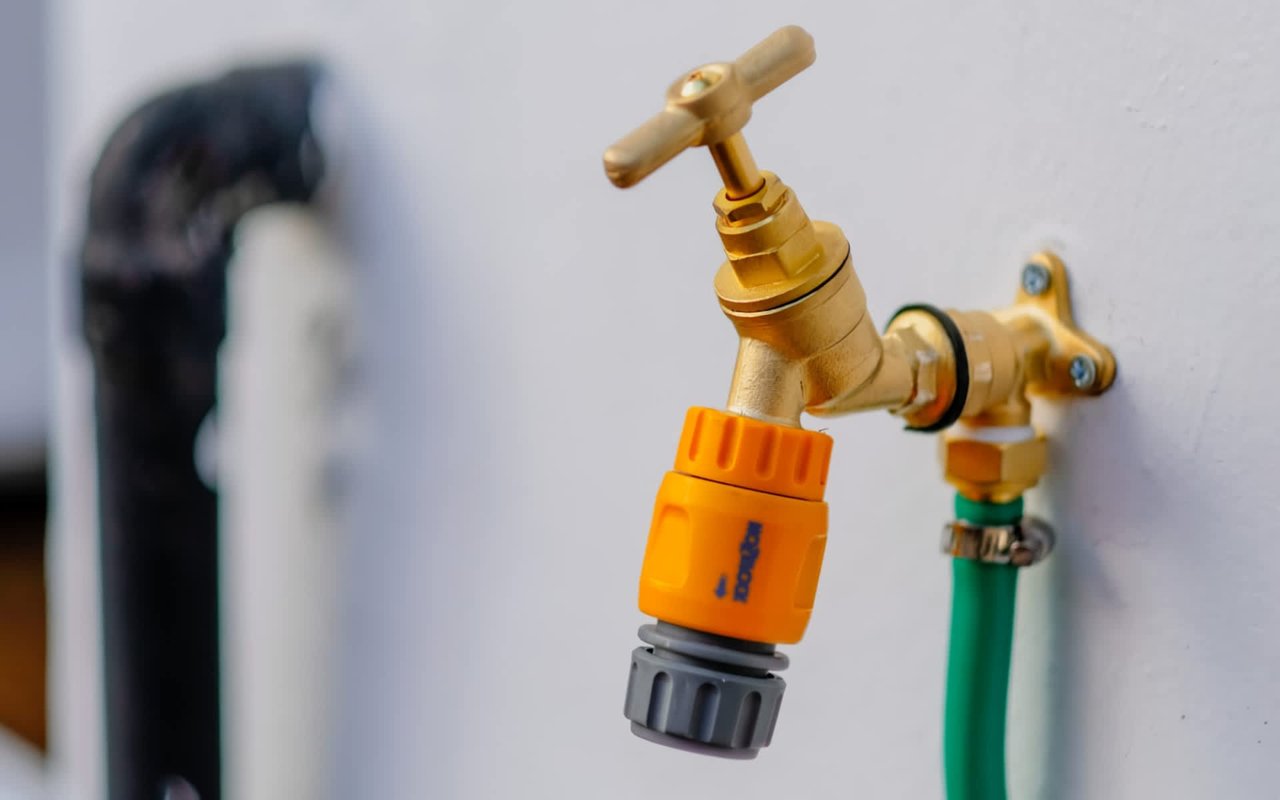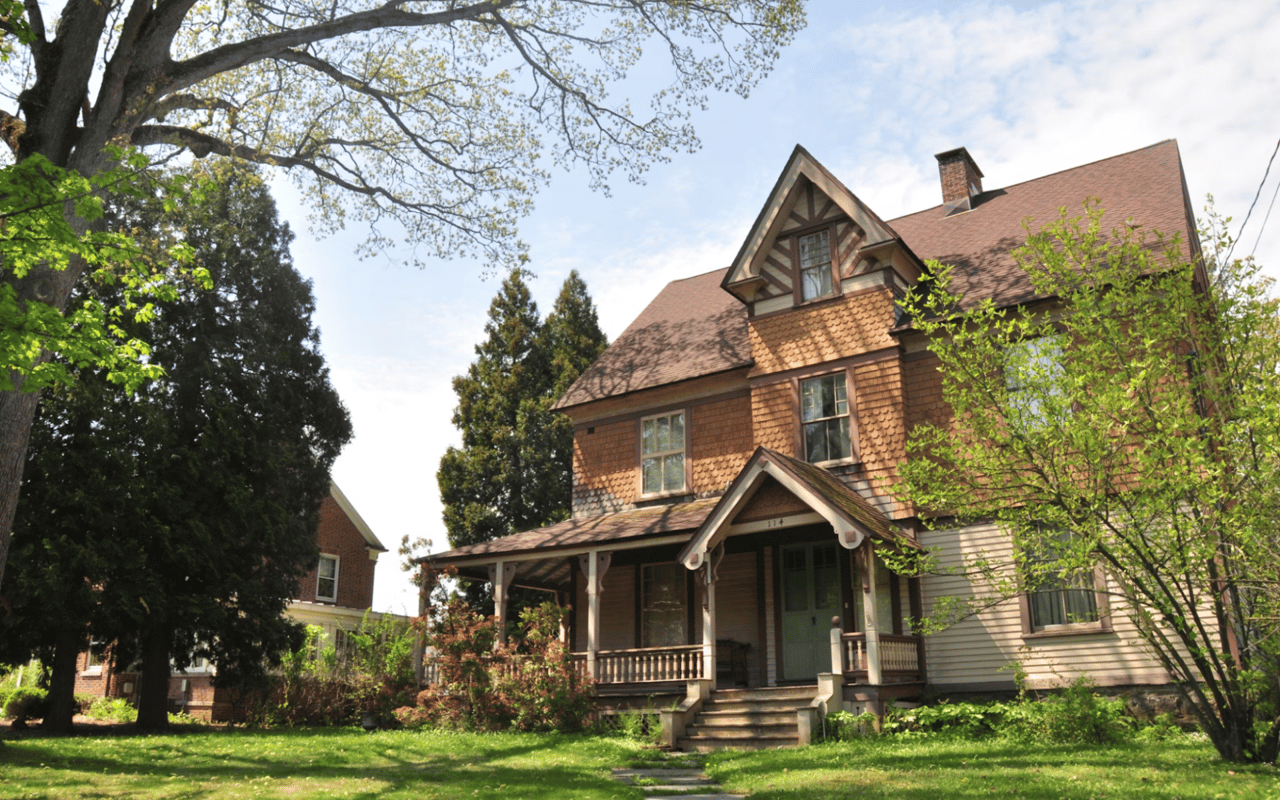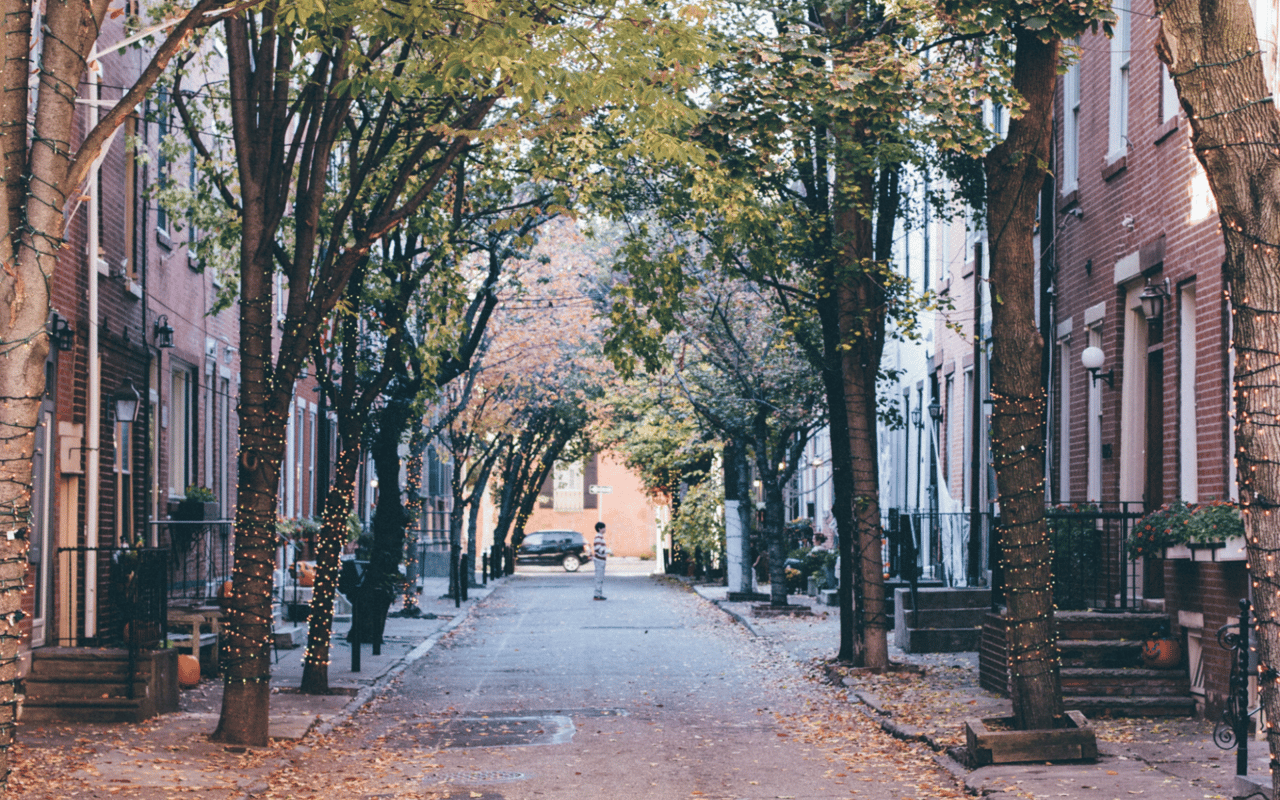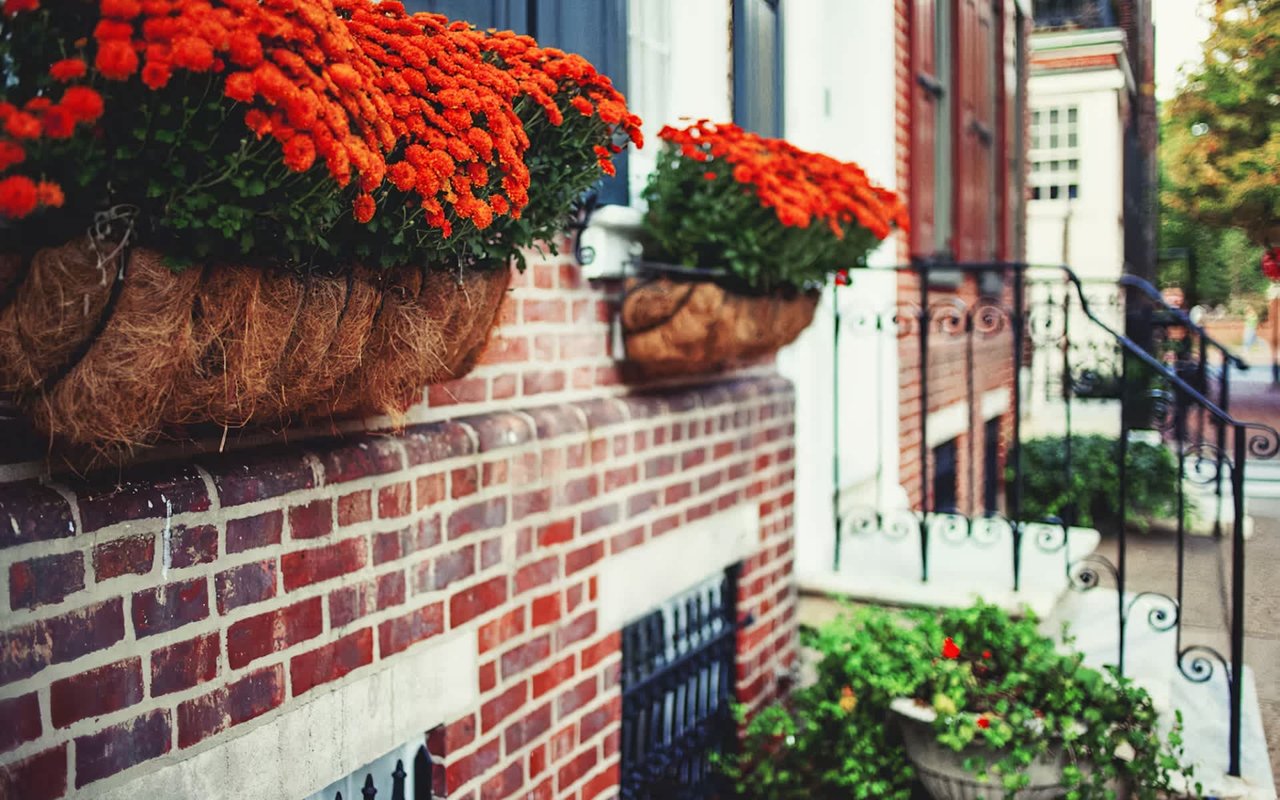Keeping children safe at home is a priority for every parent and caregiver. By taking proactive steps, you can create a secure environment where kids can explore and grow without unnecessary risks. Here are some essential tips to help ensure your home is a safe haven for your little ones.
Fast facts about child safety at home
- Keeping potentially dangerous items, like guns and small batteries, out of reach is crucial for maintaining a safe home environment for children (source)
- Following critical recommendations and guidelines tailored to different environments and age groups ensures child safety at home (source)
- Being prepared for emergencies with resources such as illustrated guides to CPR for babies and children is essential (source)
- Creating and maintaining safe spaces for infants and toddlers, along with using a home safety checklist, helps ensure a safer environment (source)
Secure furniture and TVs to prevent tipping
Heavy furniture and televisions pose a significant risk of tipping, which can cause serious injuries. It's crucial to anchor these items to the walls using safety straps or brackets. This simple step can prevent accidents and give parents peace of mind. Additionally, avoid placing tempting items like toys or remote controls on top of furniture or TVs, which might encourage children to climb.
Use safety gates to block off dangerous areas
Safety gates are invaluable for keeping young children away from potentially hazardous areas such as staircases and kitchens. Install gates at the top and bottom of stairs and ensure they are securely locked. In the kitchen, use gates to keep children out when cooking or using appliances. This prevents falls and keeps little ones away from hot surfaces and sharp objects.
Install window guards and safety latches
Windows can be a source of danger if not properly secured. Installing window guards can prevent children from accidentally falling out. Safety latches on windows and screens ensure children cannot easily open them. Ensure these safety devices are sturdy and regularly checked for any signs of wear or damage.
Keep poisonous substances out of reach
Household cleaners, medications, and other toxic substances should always be stored out of reach and preferably in locked cabinets. Use child-resistant packaging whenever possible, and be vigilant about putting these items away immediately after use. Educate older children about the dangers of these substances and why they must be kept out of reach.
Ensure safe sleeping arrangements for babies and toddlers
Safe sleeping practices are essential to prevent accidents and ensure restful nights for parents and children. Babies should sleep on their backs on a firm mattress with no soft bedding, pillows, or toys. Toddlers transitioning to a bed should have guardrails to prevent falls. Regularly check that cribs and beds meet current safety standards and are free from hazards.
Supervise bath time and water access
Drowning can happen quickly and silently, making it crucial to supervise children during bath time and when they are near any water source. Always stay within arm's reach of young children in the bathtub and never leave them unattended. Consider installing toilet locks and ensuring that buckets or containers of water are emptied immediately after use.
Keep small objects and choking hazards away
Small objects such as coins, buttons, and small toys can be choking hazards for young children. Regularly inspect your home for these items, especially in areas where children play and explore. Store small items out of reach and educate older children about the dangers of putting small objects in their mouths.
Set safe kitchen practices
The kitchen is often the heart of the home but also a place full of potential hazards. Use stove knob covers and keep pot handles turned inward to prevent little hands from reaching them. Store knives, scissors, and other sharp objects in locked drawers or cabinets. Also, keep hot foods and liquids away from the edges of counters and tables.
Frequently asked questions about childproofing your home
What are the most common household hazards for children?
Common household hazards for children include sharp objects, small items that can be choking hazards, toxic substances like cleaning supplies, and unsecured furniture that can tip over. Additionally, water sources such as bathtubs, swimming pools, and electrical outlets and cords pose significant risks. Being aware of these hazards and taking steps to mitigate them can significantly enhance home safety.
How can I childproof my home effectively?
To effectively childproof your home, start by getting down to your child's eye level to see potential hazards from their perspective. Use safety gates, outlet covers, and cabinet locks. Anchor heavy furniture and secure windows. Keep small objects and toxic substances out of reach. Regularly inspect your home for new hazards as your child grows and becomes more mobile.
What age should I start childproofing my home?
Childproofing should begin before your child starts crawling, typically around six months of age. This proactive approach allows you to address potential hazards before your child becomes mobile. As children grow and develop, continue to reassess and update your childproofing measures to match their new abilities and curiosities.
Are there any overlooked dangers I should be aware of?
Some often-overlooked dangers include accessible cords from blinds or curtains, which can pose strangulation risks, and household plants that may be toxic if ingested. Also, be mindful of heavy objects that can be pulled down from countertops and shelves, and ensure that laundry detergent pods and other small, colorful items are stored securely.
How can I teach my children about safety in the home?
Teaching children about safety involves clear communication and consistent reinforcement. Use simple, age-appropriate language to explain dangers and safety rules. Encourage questions and provide examples of safe and unsafe behaviors. Role-playing scenarios can be an effective way to help children understand and remember safety practices. Regularly revisiting these lessons reinforces their importance.
About Mike Fabrizio
Mike Fabrizio Luxury Real Estate is dedicated to meeting the high-end real estate needs of clients in Main Line & Center City Philadelphia and the surrounding Tri-State areas. Known for a professional, trustworthy, and collaborative approach, Mike Fabrizio and his team tailor their services to align with each client's unique preferences. Whether you are buying or selling, Mike Fabrizio Luxury Real Estate offers the expertise and commitment to help you navigate the luxury real estate market successfully.
If you're looking to buy or sell a home or have any questions about the Philadelphia real estate market, contact
Mike Fabrizio today.










